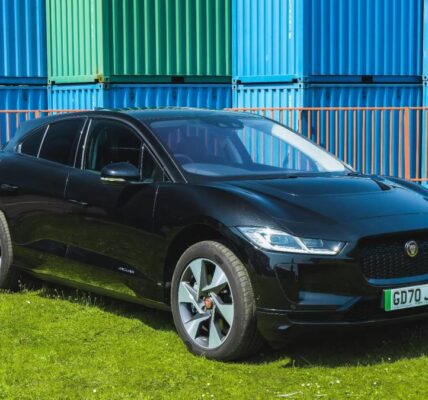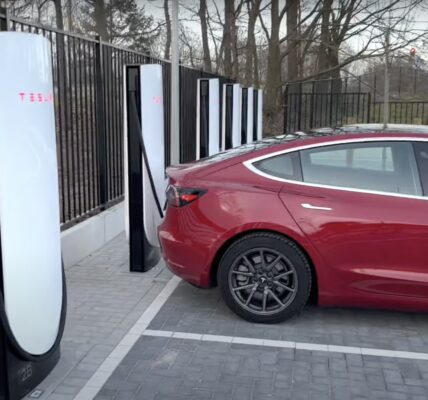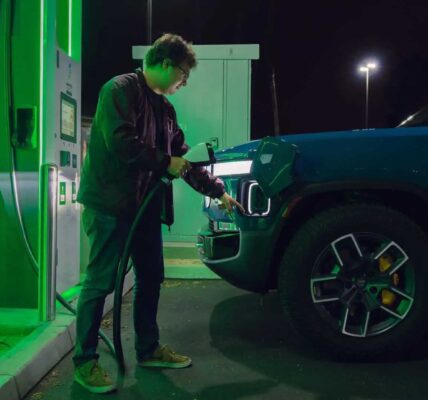Are the wrong Americans buying electric cars? Well, yes. But also no. Between electric car superusers and EV hoarders, some households that have more than one electric car in the driveway may be driving up the price of EVs for the average Joe, while keeping electric-only miles lower than they could be.
In a recent article at Bloomberg, the author informs us that the wrong Americans are buying electric cars (paywall). He makes some great points and points out some real problems, but some of the arguments are a little off and it’s a situation that will probably correct itself over the next few years.
The core argument is very valid. For an EV to have real impact, it needs to replace gas-powered miles. The sooner it can rack up those miles, the sooner it will have saved more emissions than the extra emissions it took to build the EV over gas-powered alternatives. But, when people buy extra EVs to collect them, the second, third, and fourth (or more) EV isn’t replacing nearly as many gas-powered miles as the first car did.
They have the numbers to back this, too. From the article:
“In a recent Bloomberg survey of EV drivers, 14% of respondents said they owned more than one battery-powered vehicle, and 6% of those surveyed had three or more. That doubling-down dynamic is clear in sales data, too. Some 26% of EV buyers in the second quarter either traded their used electric car for a new one or simply added another to their garage, according to Edmunds. Another 9% of recent EV buyers were already driving a hybrid.”
The end result is that the super users and the “hoarders” end up buying EVs that ideally would have gone to another household that didn’t have any EVs yet. This both increases the environmental impact of the individual EVs and keeps more miles powered by gas. They point out that as a household has more vehicles, the third vehicle gets driven a lot less than the second one, and so on. So, a household with three EVs or more likely has a lot of “parked carbon” that isn’t doing the world saving it was supposed to do.
The article isn’t all environmental doom and gloom, though. They do point out that price is a big factor in more cars going to wealthier American driveways, and that prices are slowly coming down. They also point out that households where the first and second EV do all of the driving and gas-powered cars were replaced end up meeting that environmental break-even point. This happens even faster if you can charge the EV from home solar.
At the end, they give a fairly solid piece of advice in a quote from an expert, explaining that EVs are most environmentally impactful when they’re driven “into the ground.”
While it may be tempting to think that calling for government to ration EVs or calling for automakers to only sell EVs to people who don’t already have one would solve all of this, there are always unintended consequences. Limiting EV purchases could end up chasing people away from EVs, for example. Or, people who have a great reason for that third or fourth EV, like buying one for a kid going to college, would end up out in the cold.
The article suggests incentivizing driving EVs instead of only incentivizing buying them. Rationing EVs doesn’t make sense, but only providing tax credits to vehicles that are going to be driven would improve the situation. But, how that could be done will have to wait for another article.








